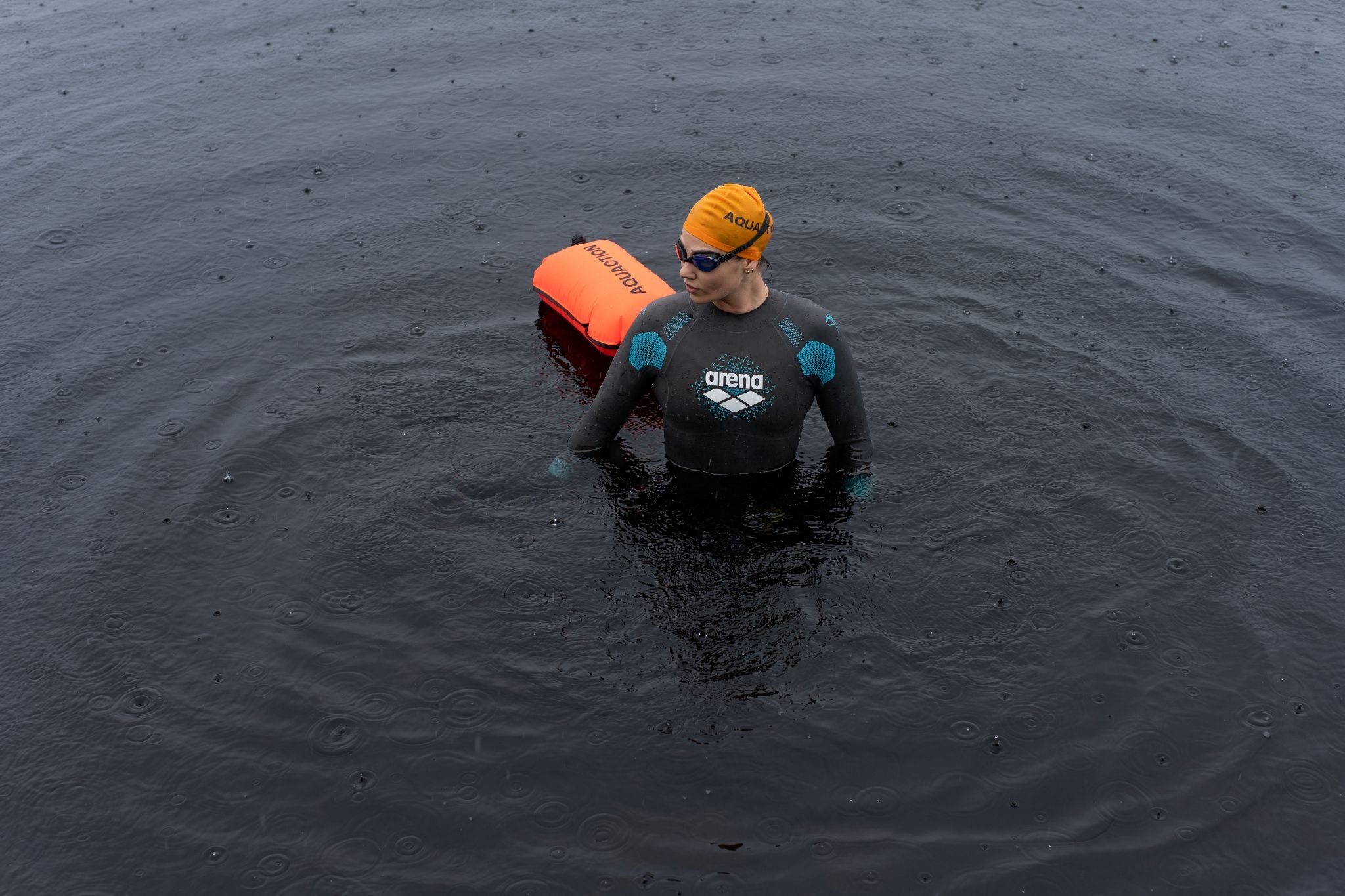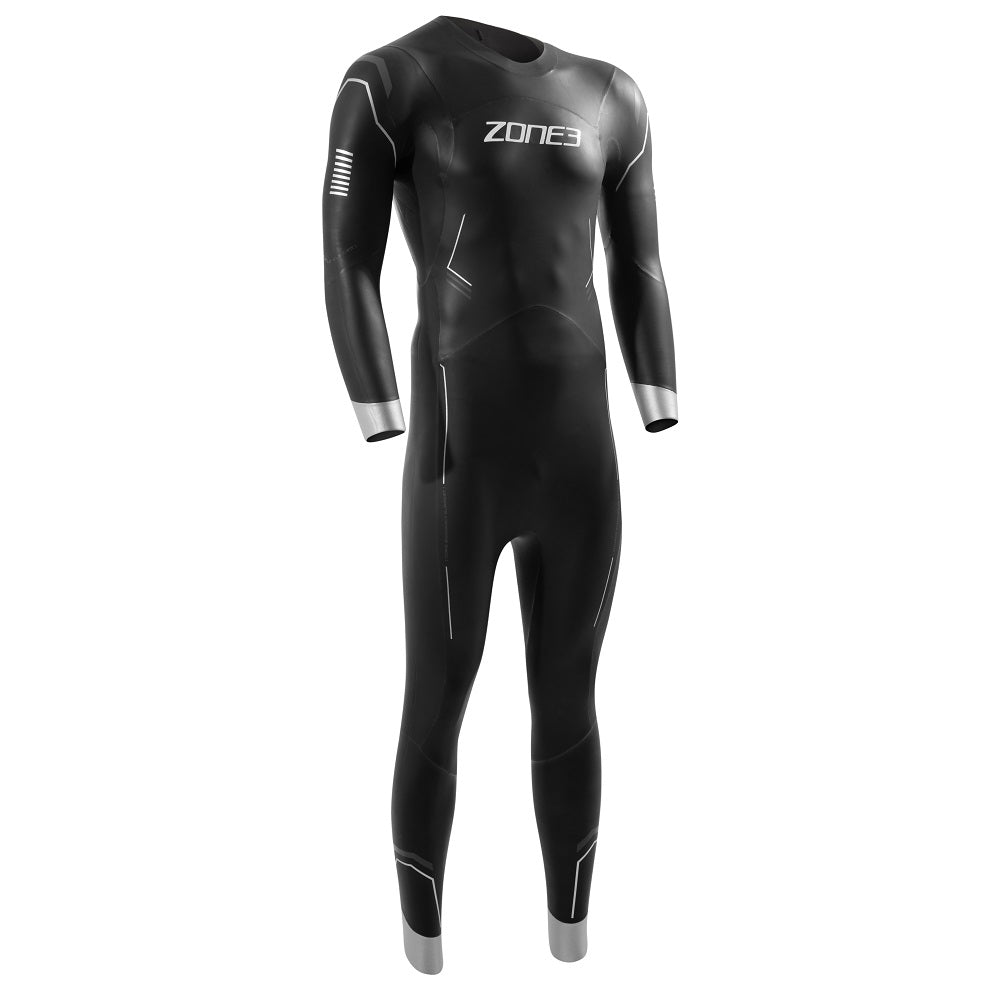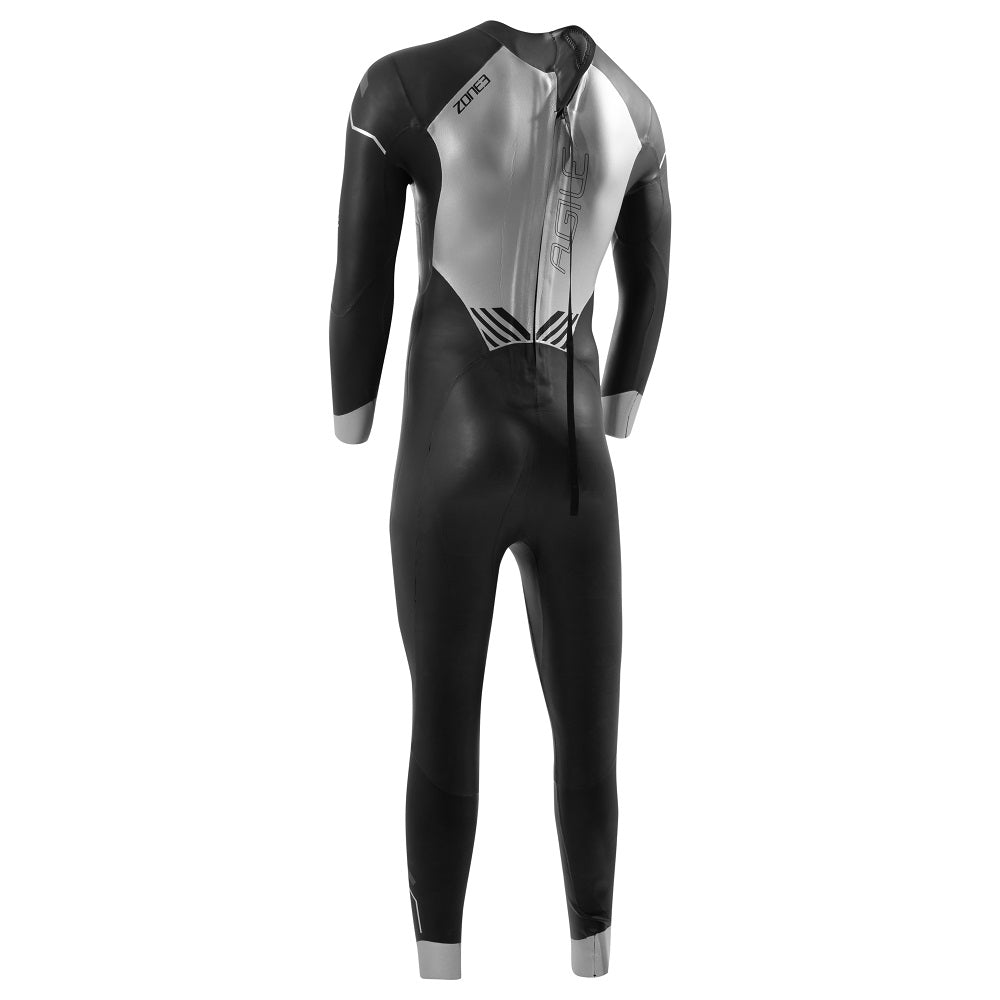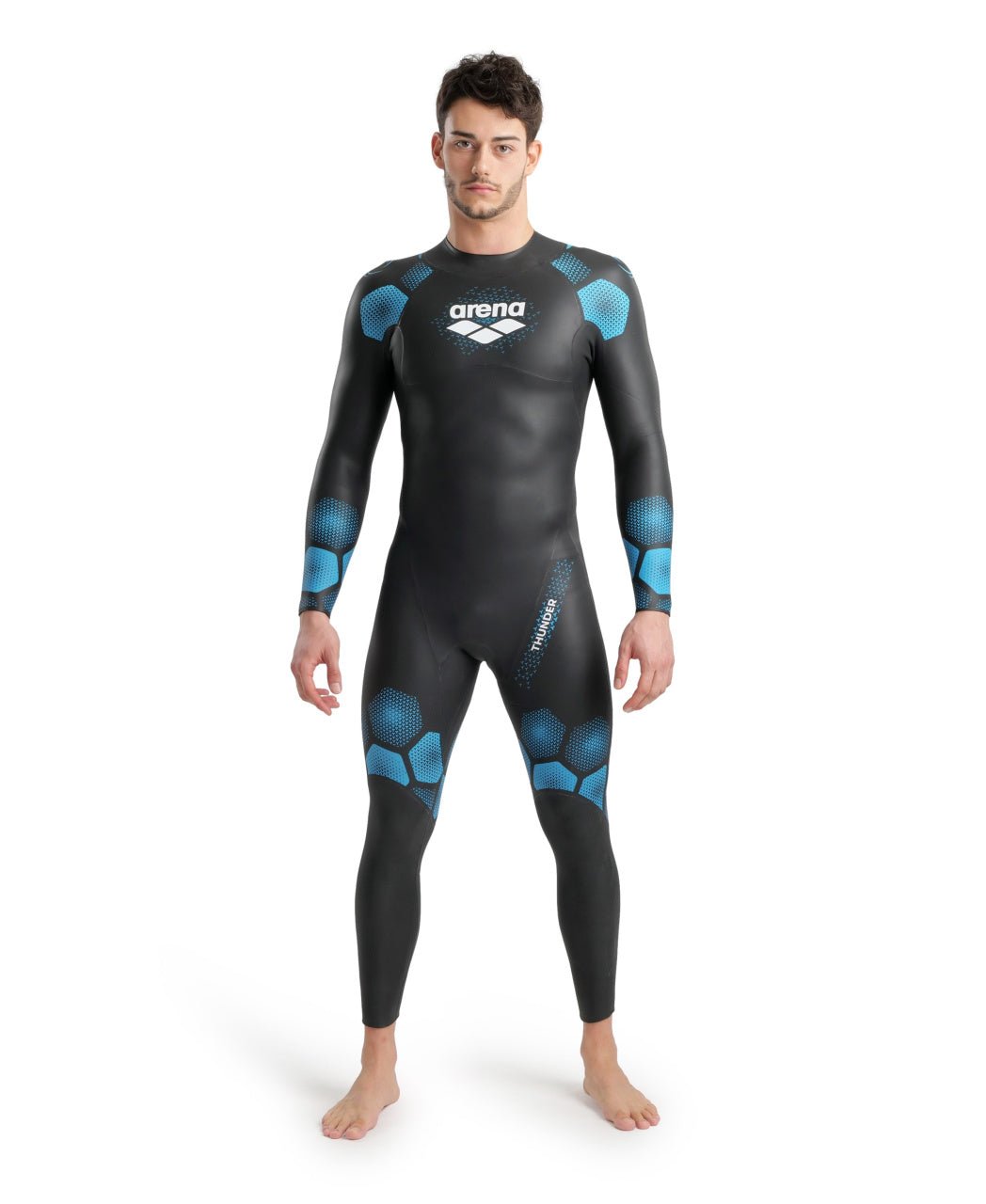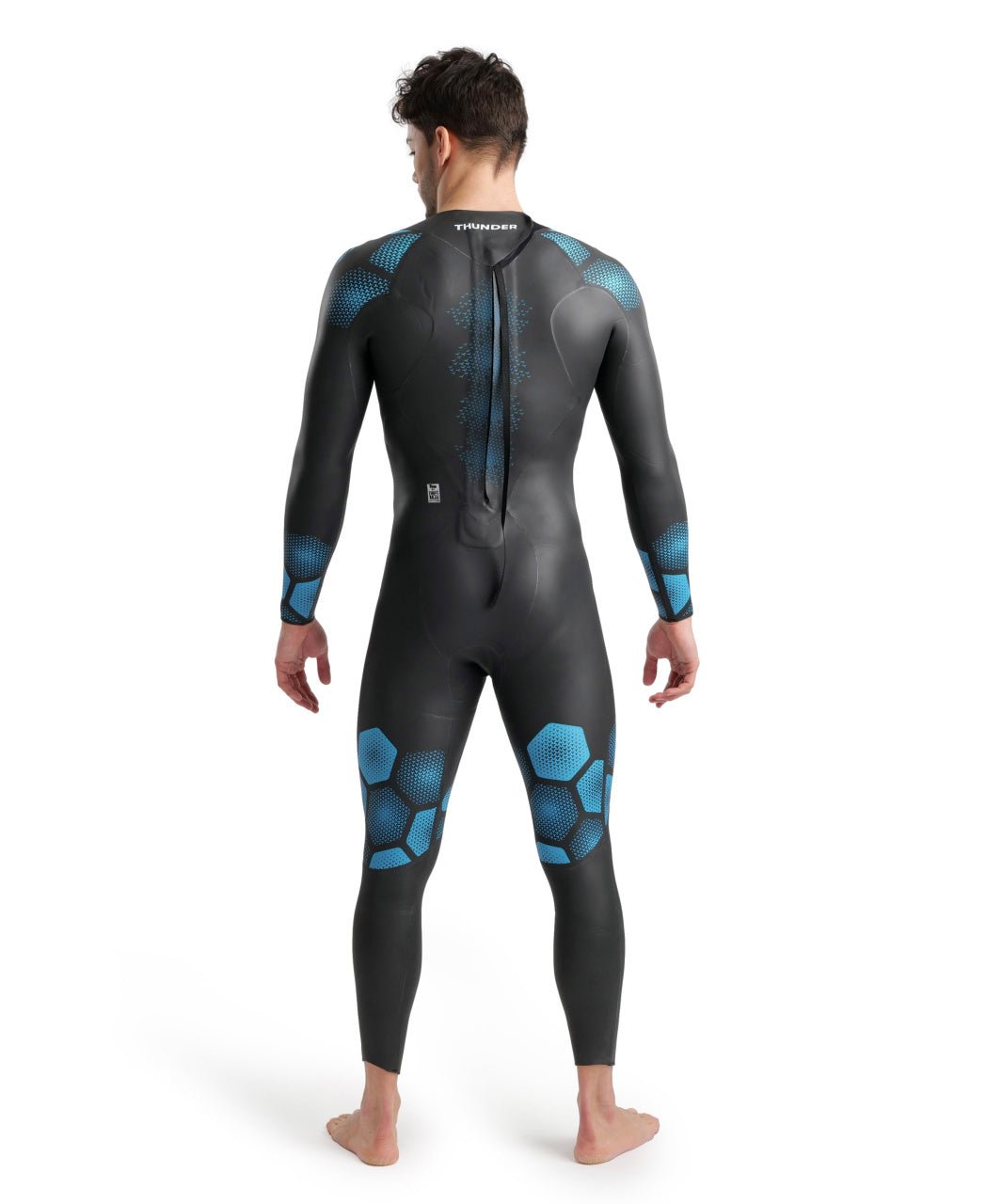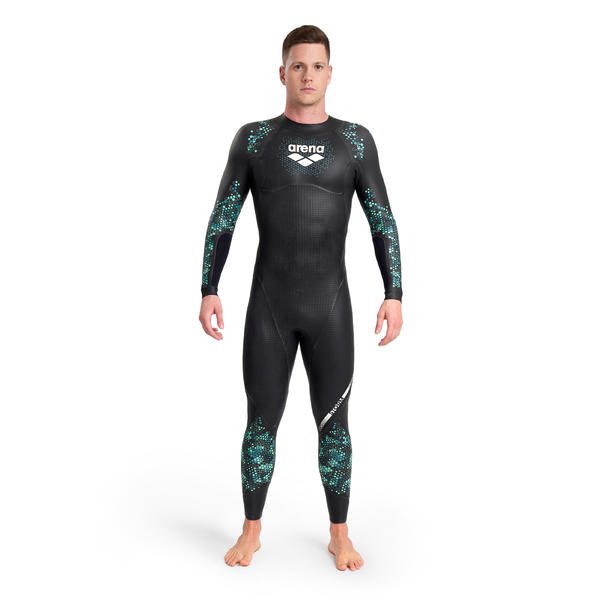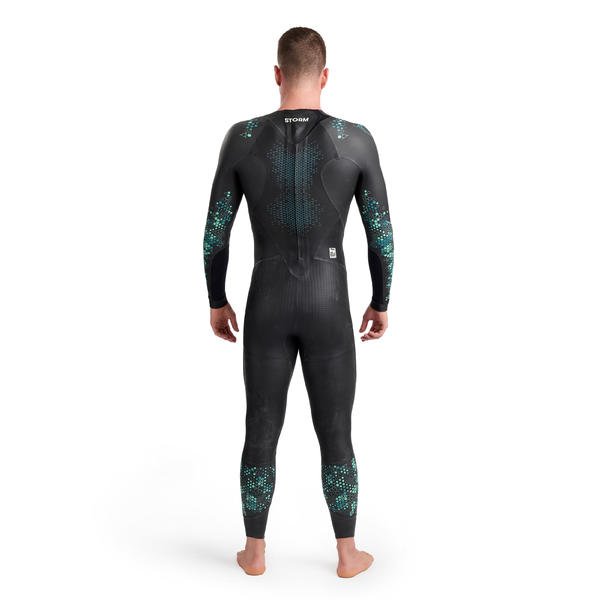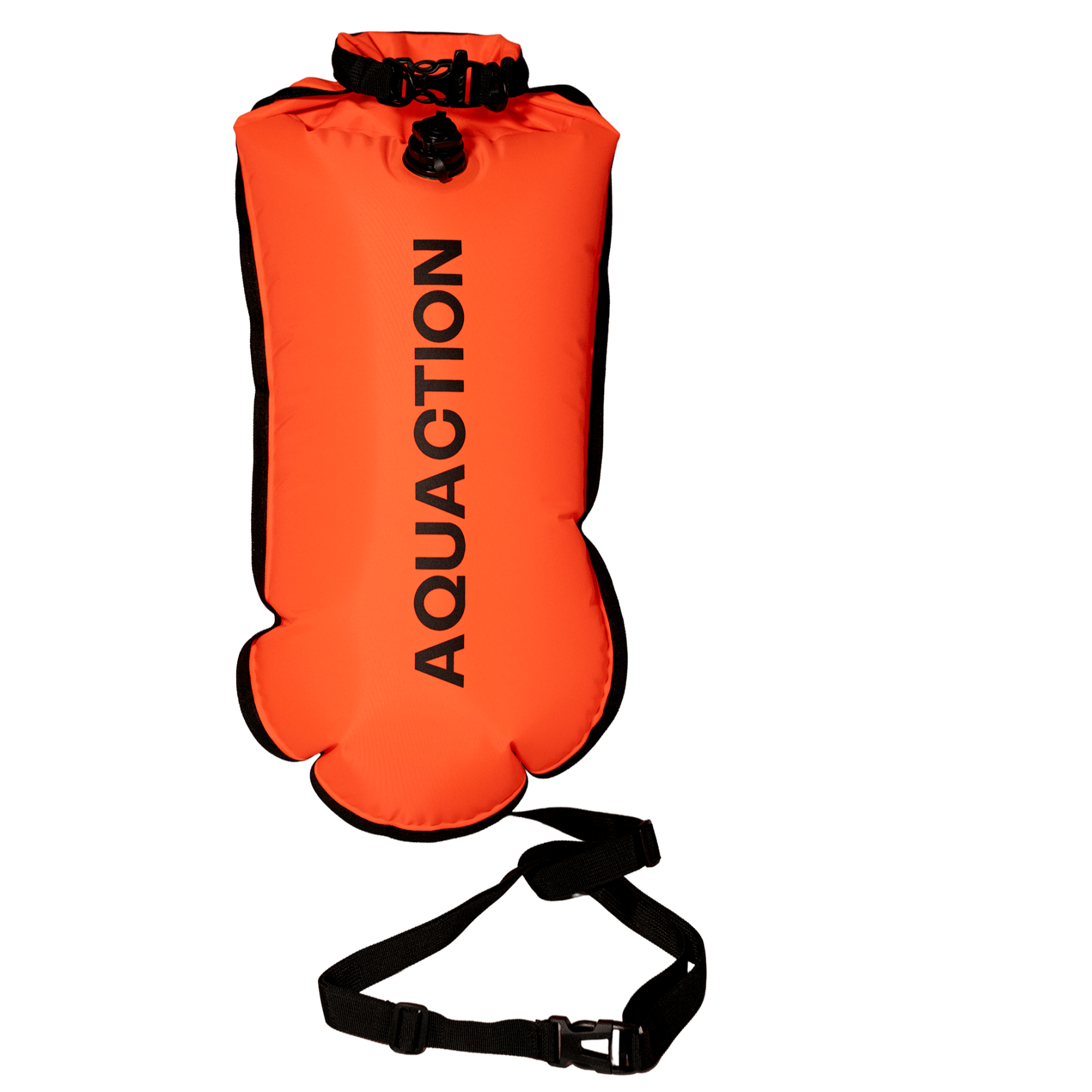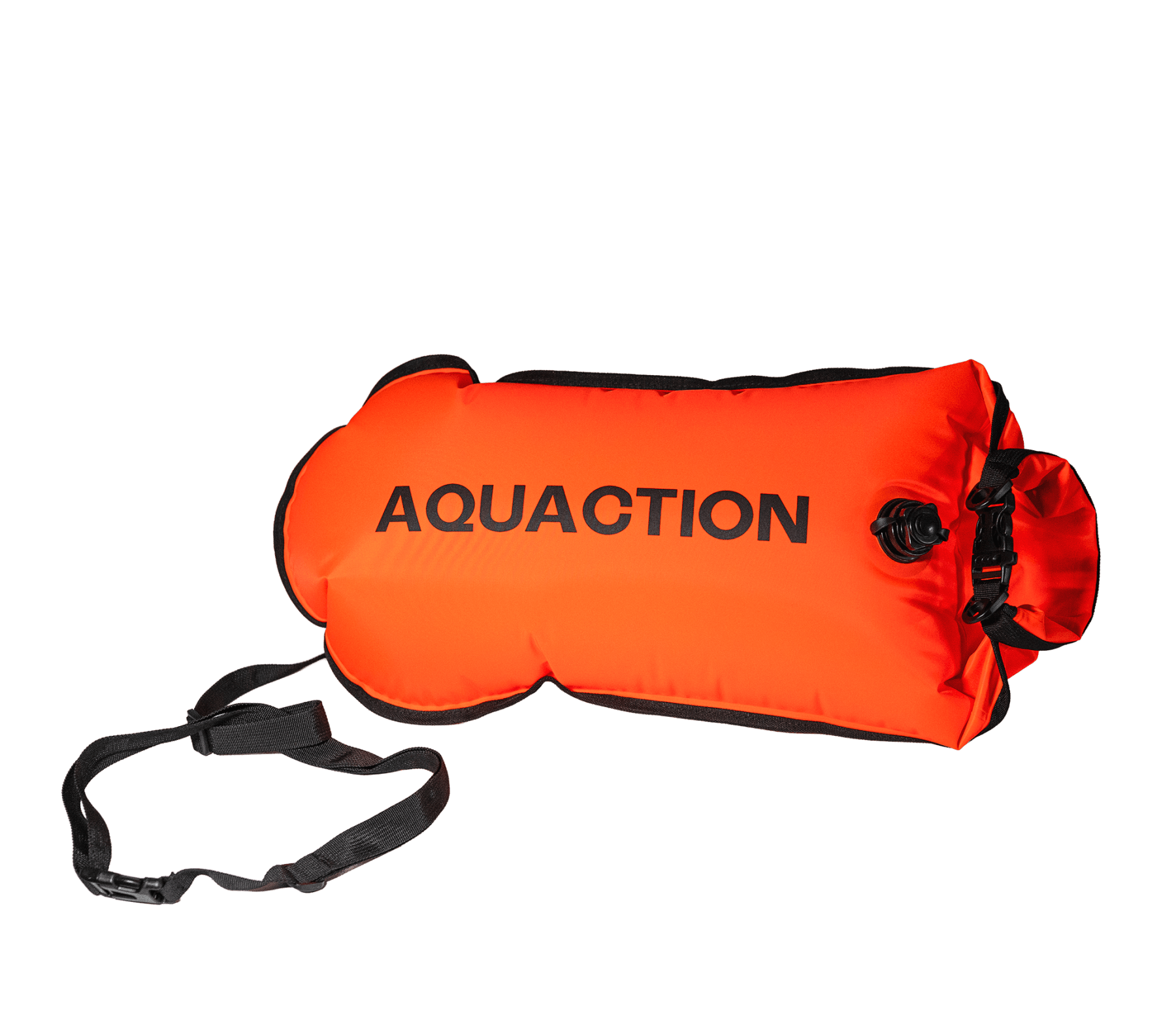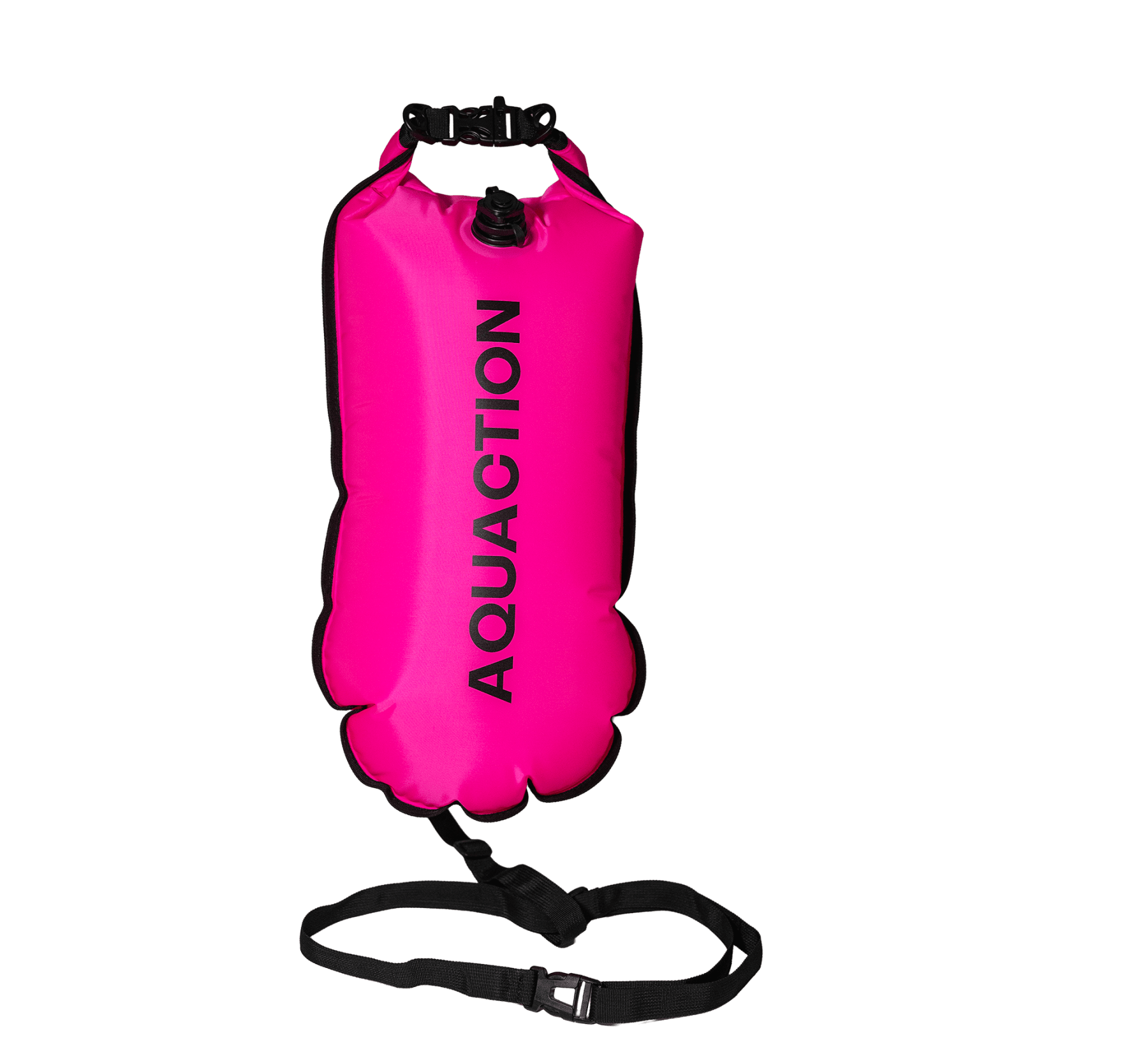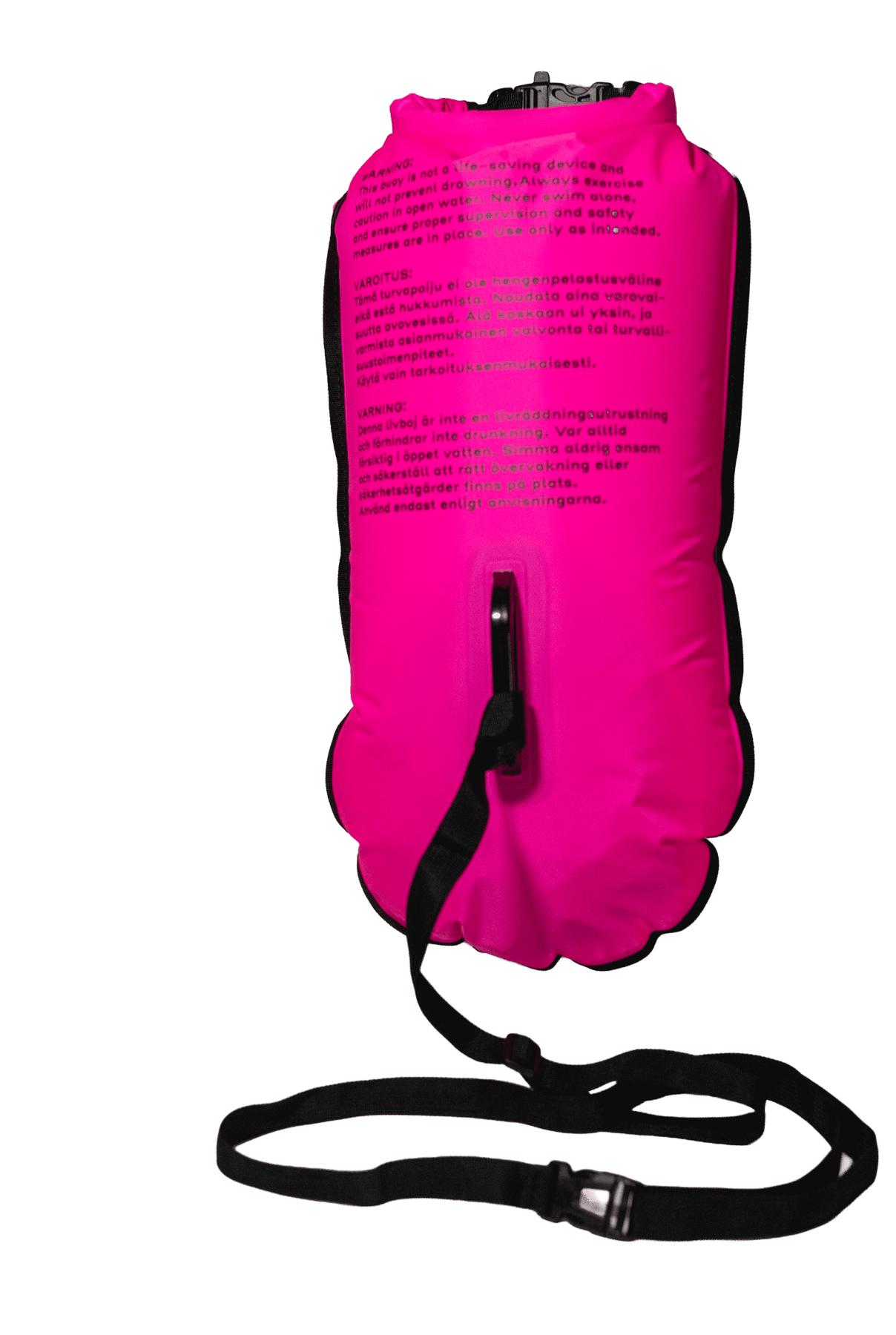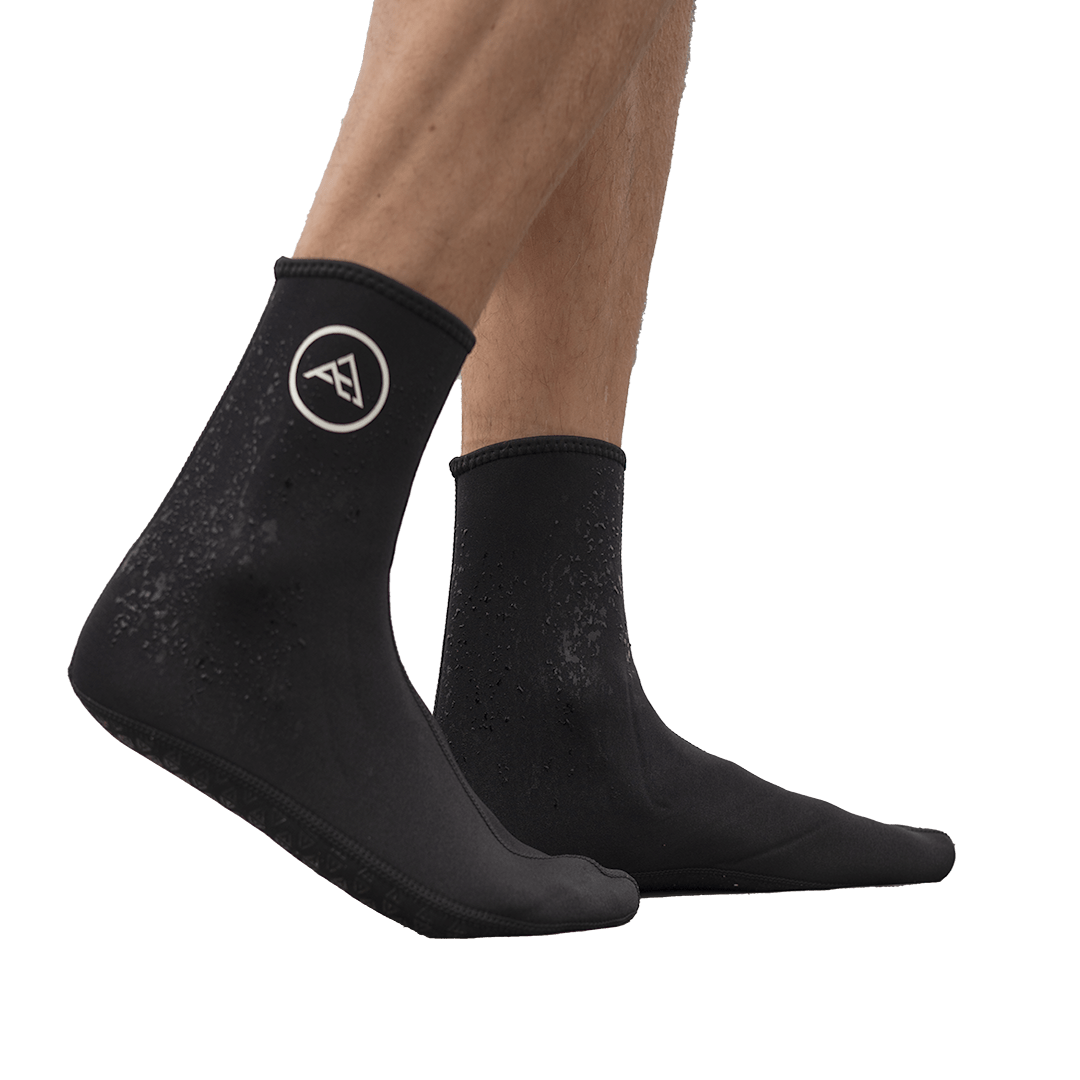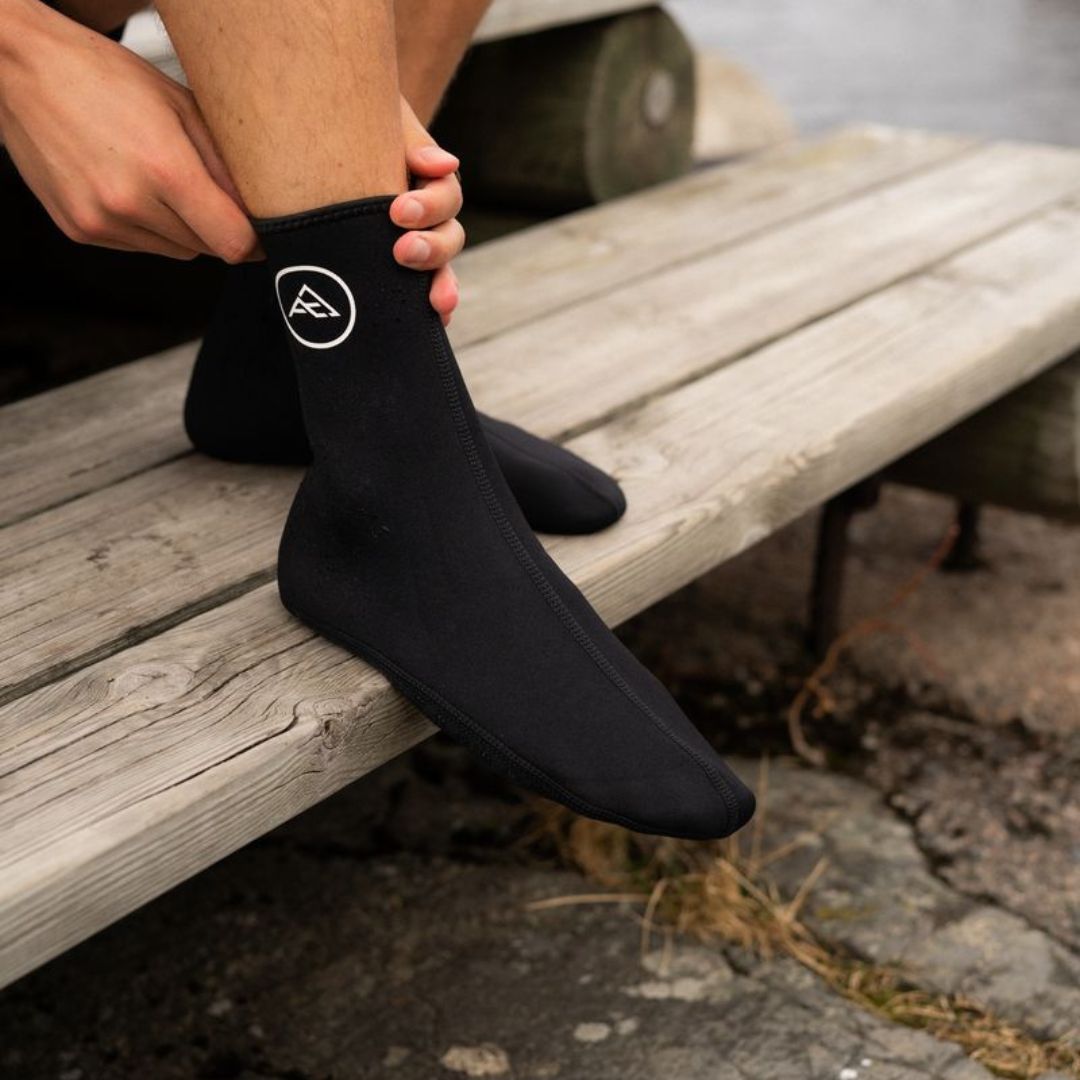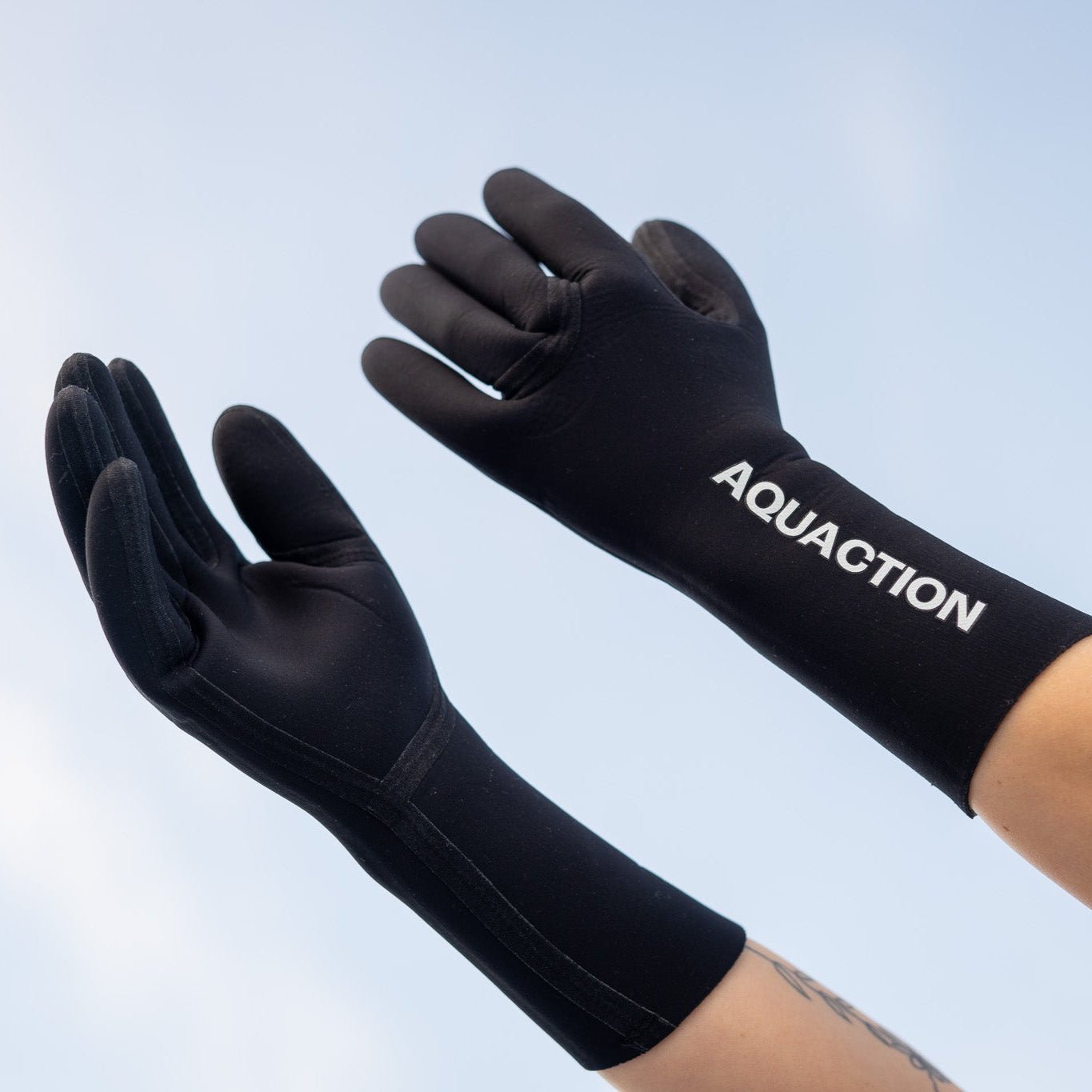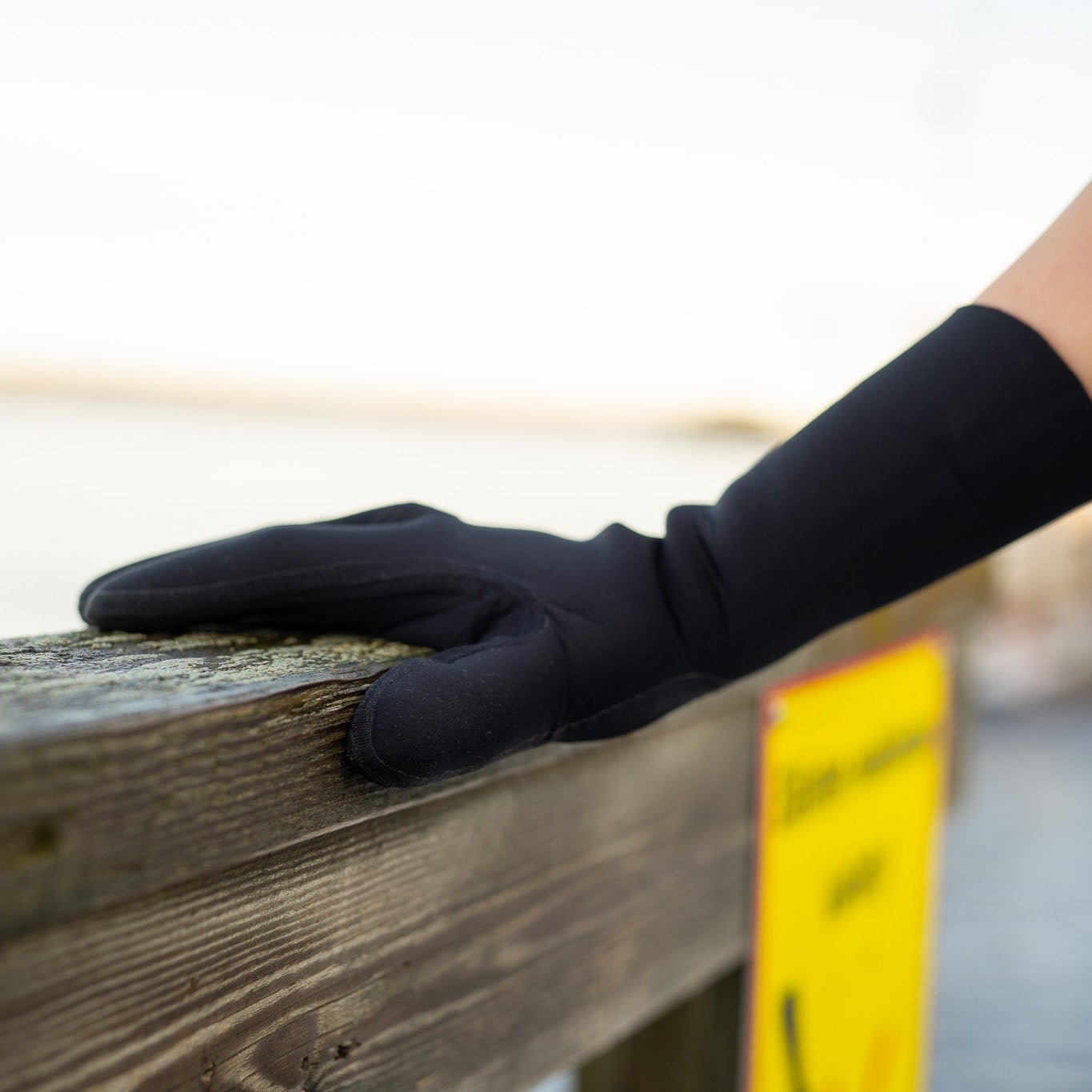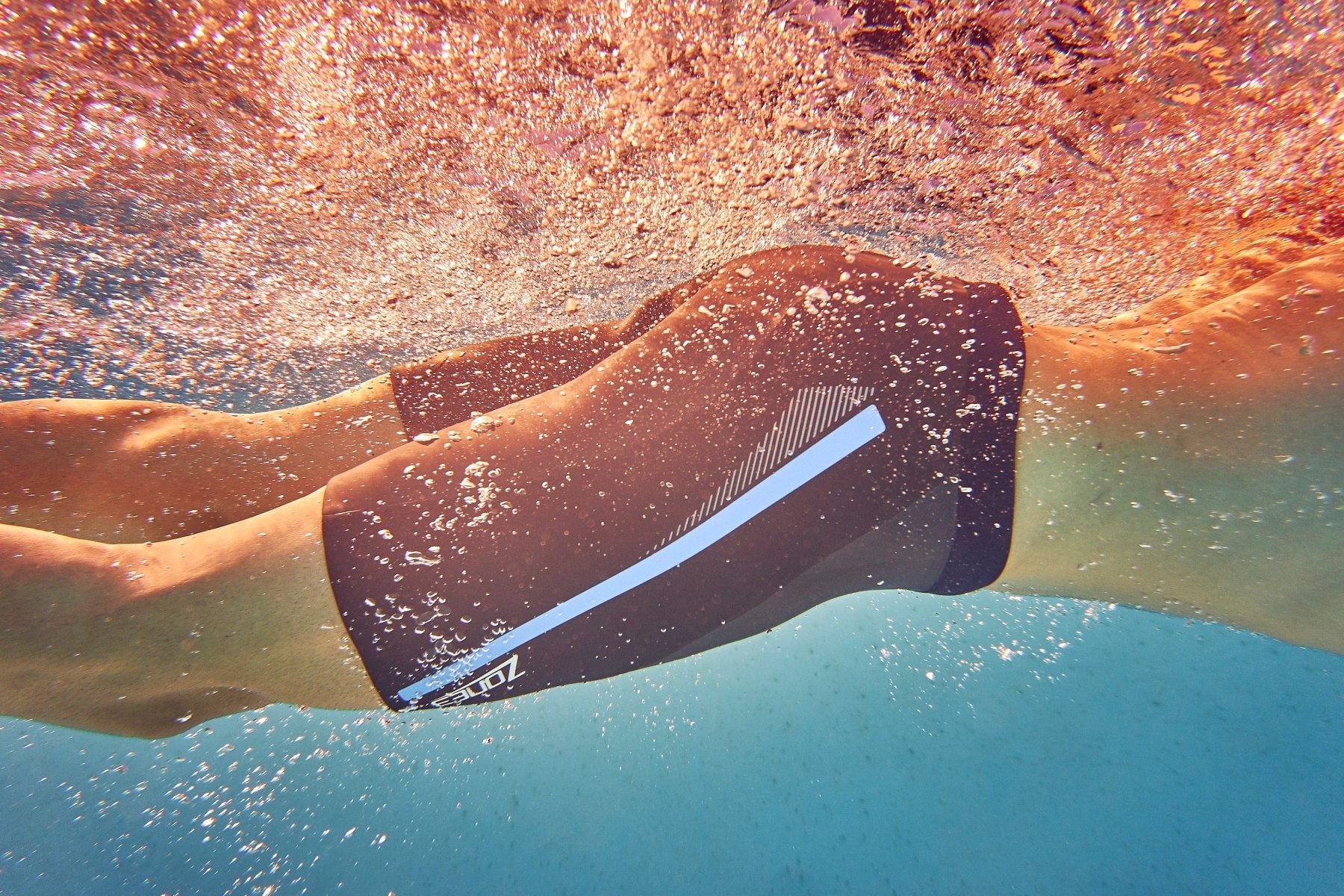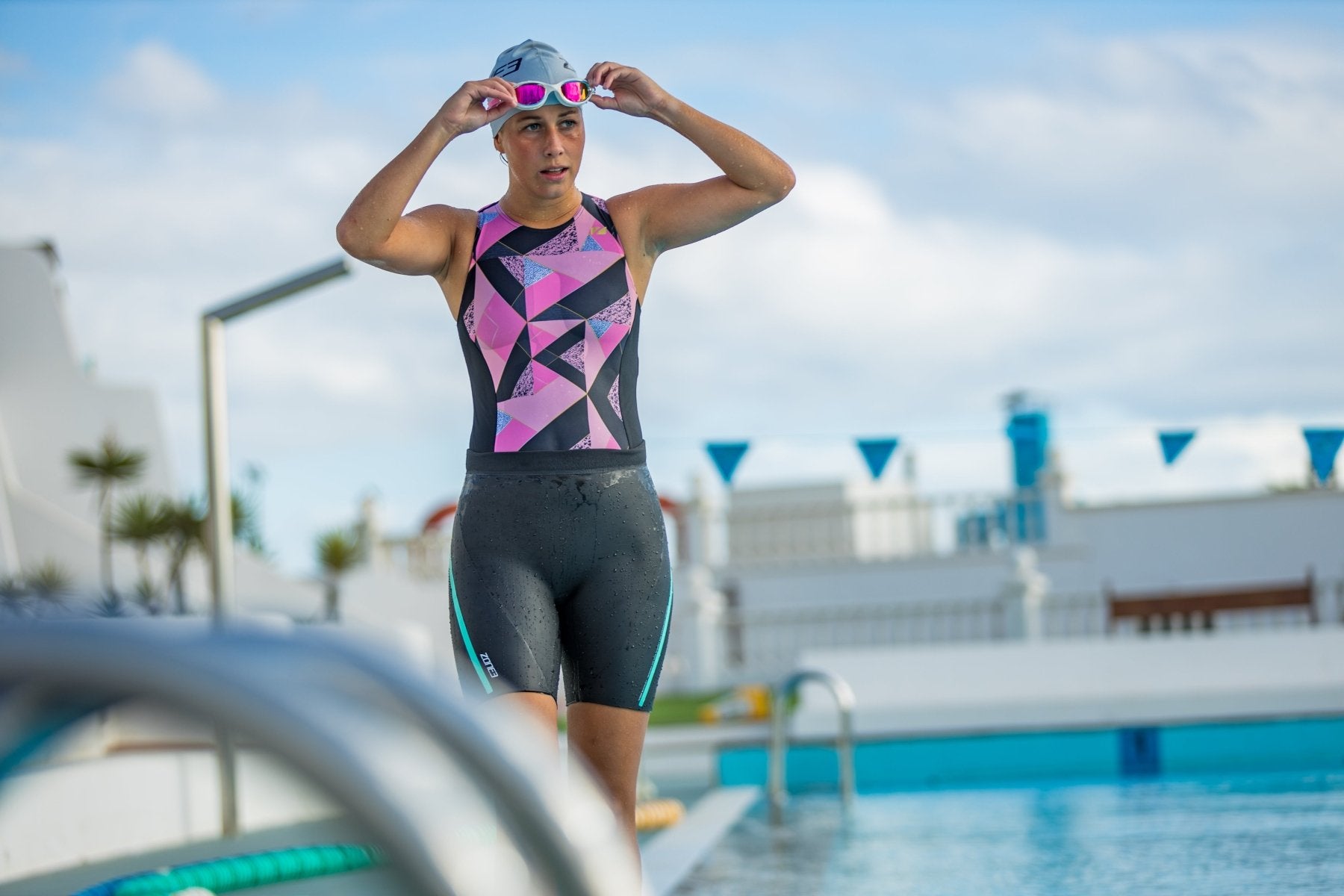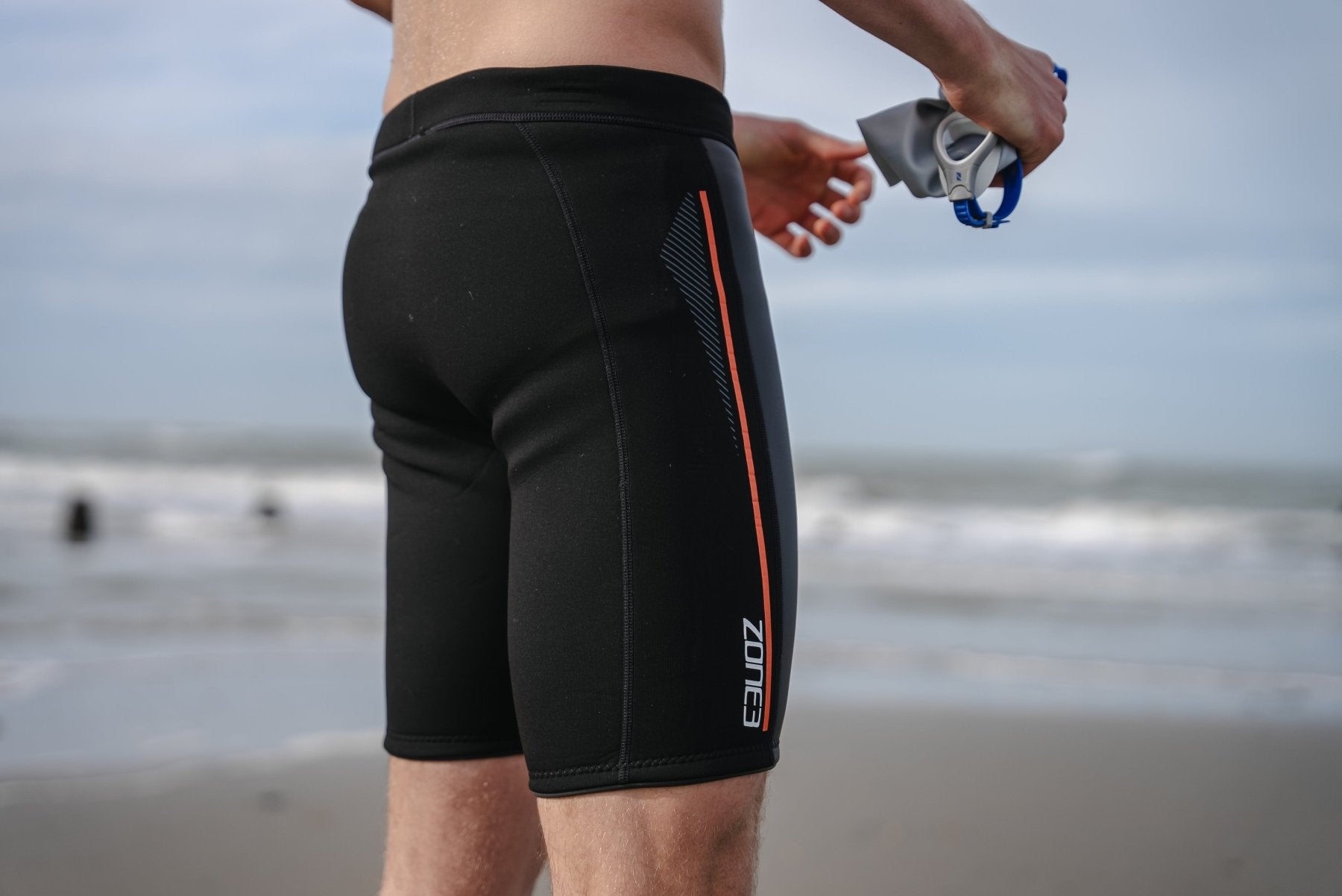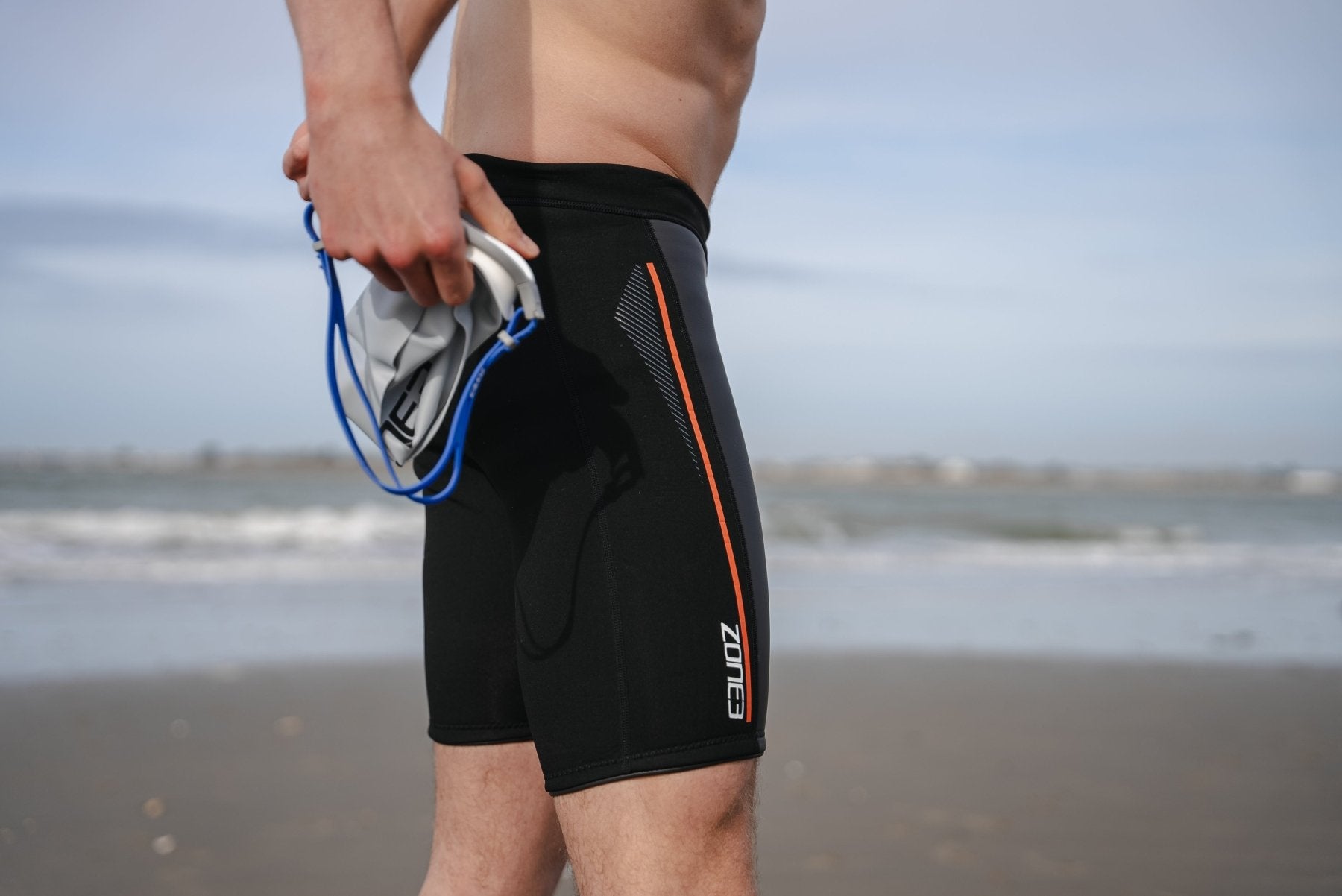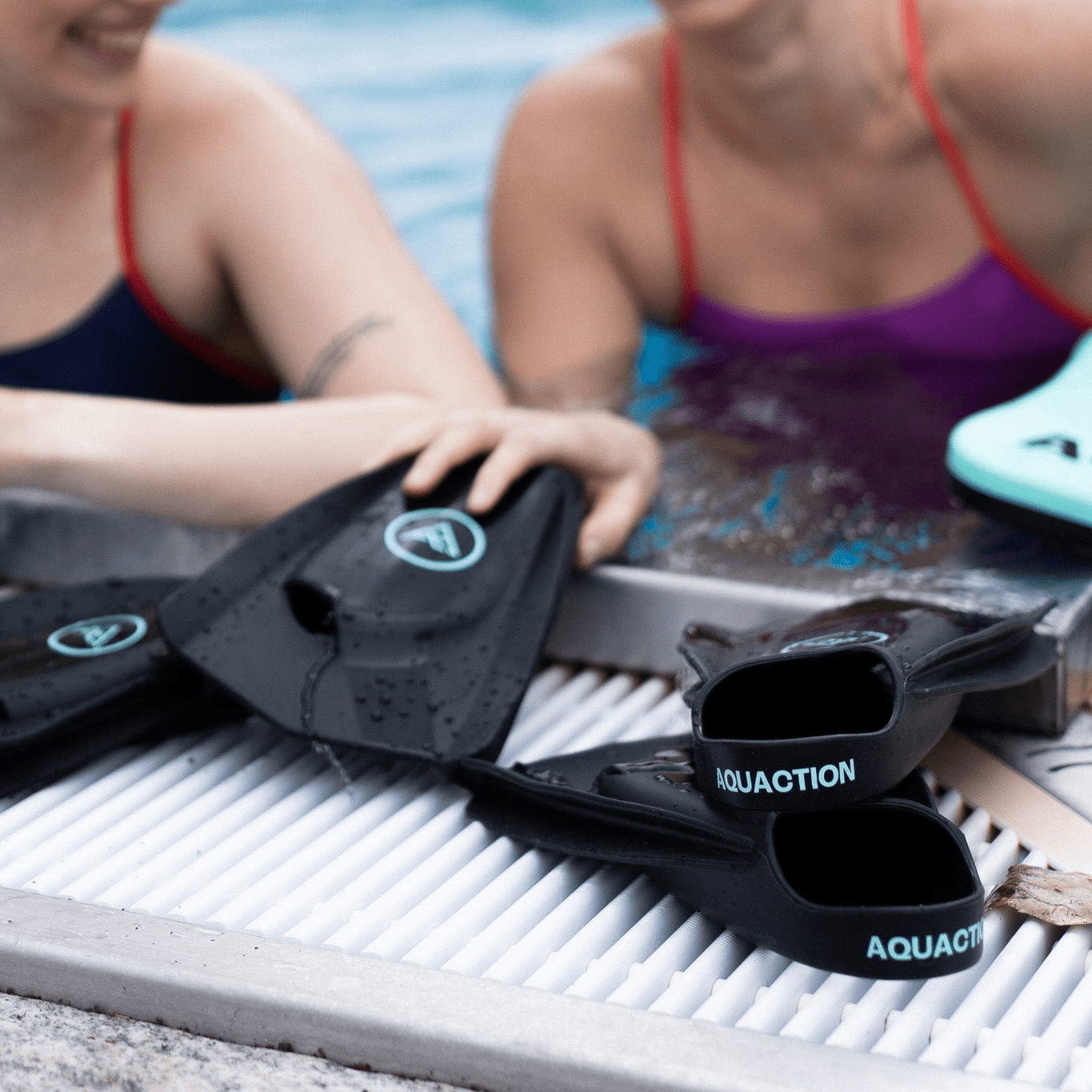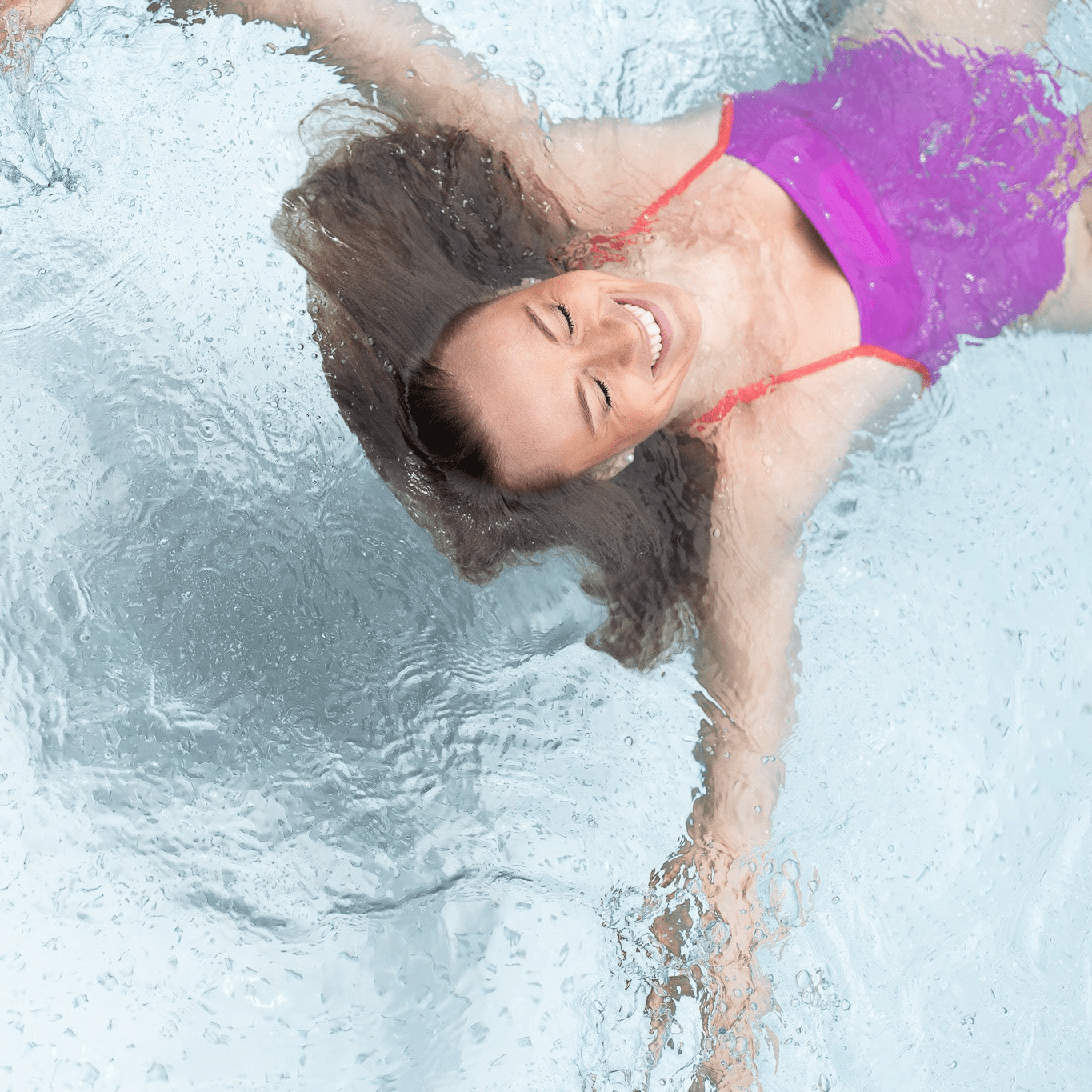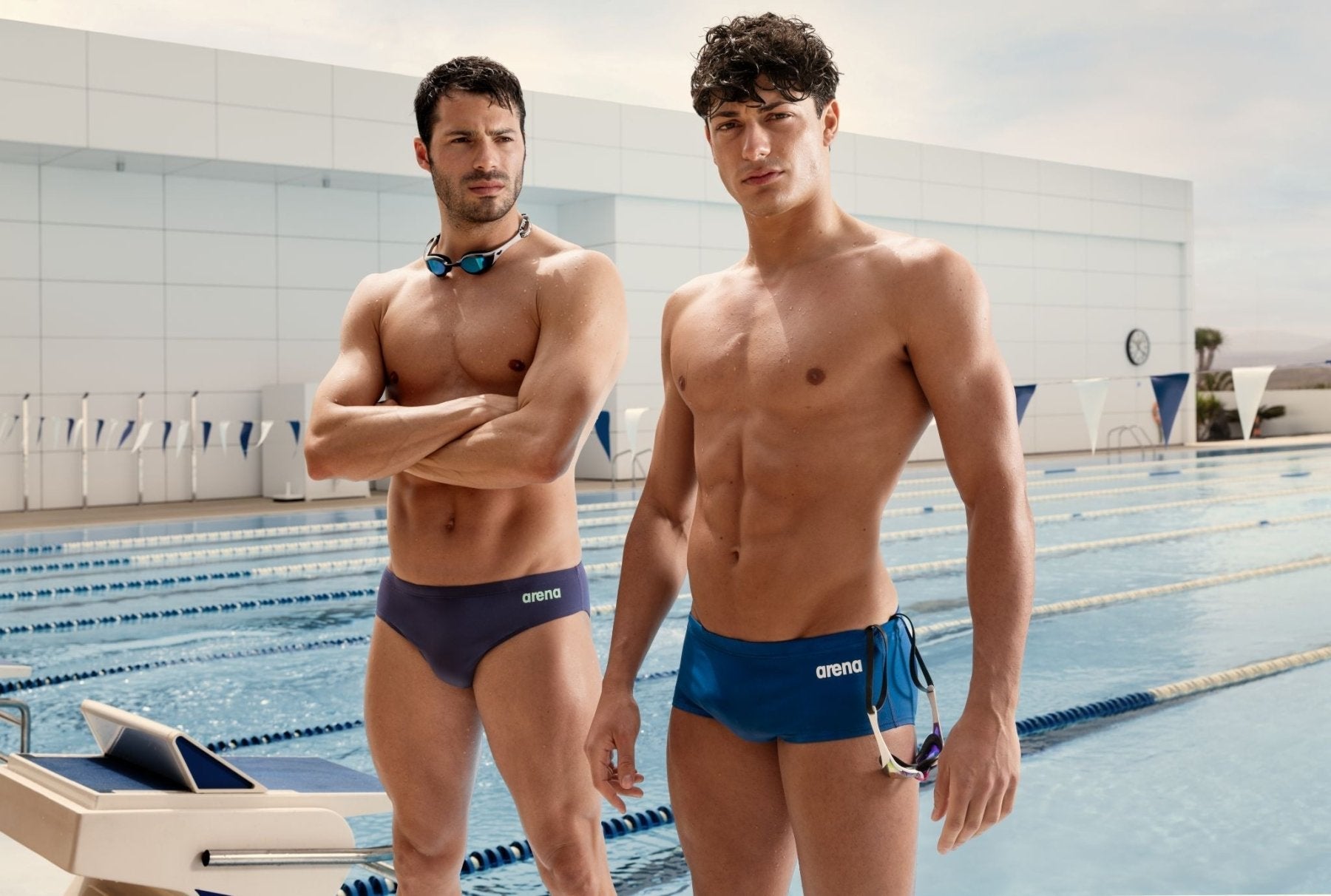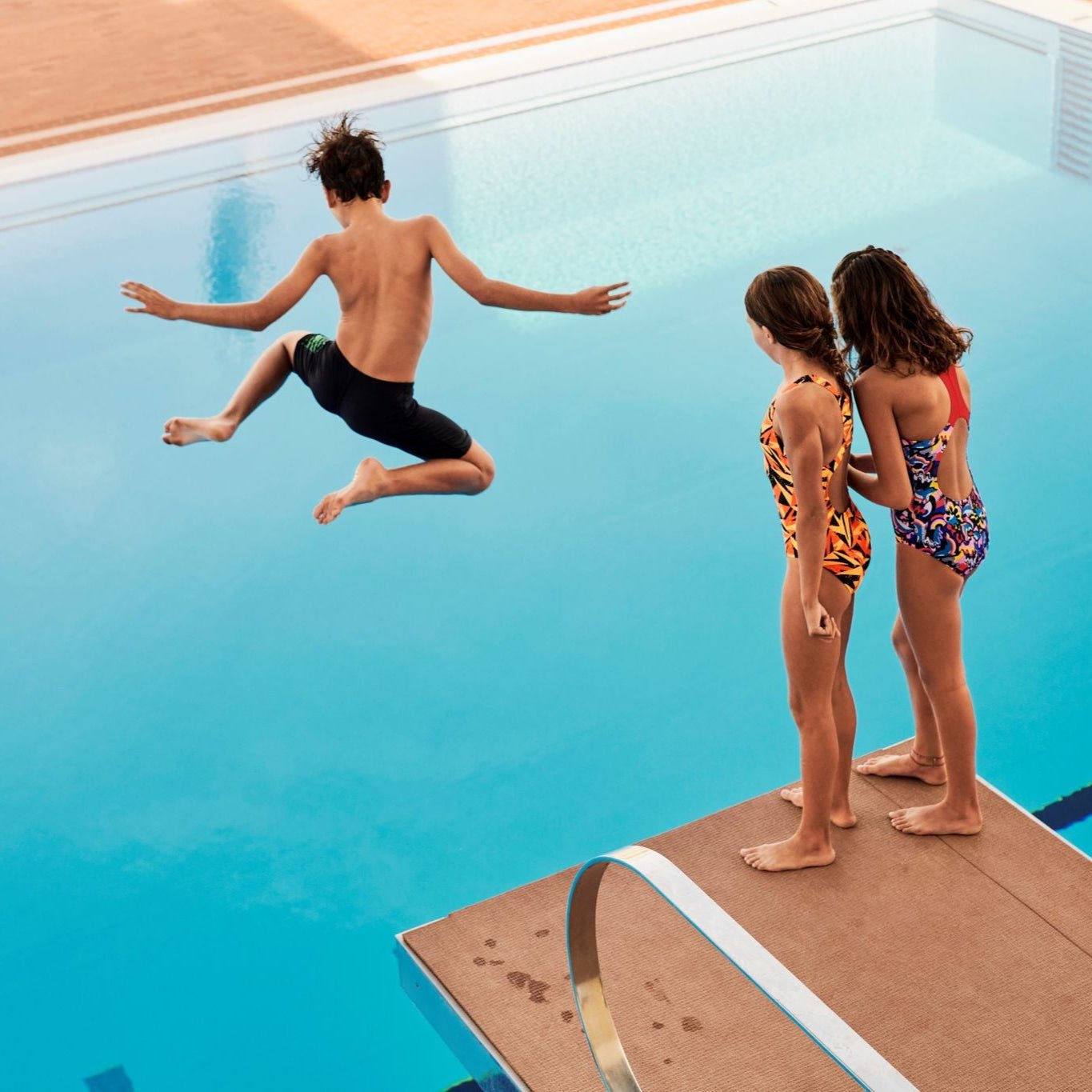Wetsuit
1. Get a wetsuit if you plan to swim a longer distance.
1. Get a wetsuit if you plan to swim a longer distance.
A wetsuit warms the swimmer when the waters are still cool, but in addition to this, a wetsuit brings safety to swimming due to its buoyancy. In addition to a wetsuit, neoprene gloves, socks and hoods provide additional warmth if necessary.
2. Always take a buddy with you on an open water swimming trip.
2. Always take a buddy with you on an open water swimming trip.
Especially on longer swimming trips, you should never go alone. If you are swimming alone, stay close to the shore and swim in the direction of the shore. You can swim with a friend side by side or in a row, so only one person needs to orient themselves in the right direction.
All wetsuits
Safety buoy
3. It is always a good idea to bring a safety buoy and a colorful swimming cap with you when swimming in open water.
3. It is always a good idea to bring a safety buoy and a colorful swimming cap with you when swimming in open water.
A brightly colored swimming cap and safety buoy will also help you to be visible to other swimmers. In addition, a swimming cap will keep your head warmer. Avoid swimming in waters with motorized traffic, as it is almost impossible to see a swimmer from a fast-moving boat. The buoy can also be used as a “float” if you want to rest during the trip.
Safety buoys
Choose your option
Choose your option
Getting used to water
4. Start slowly and get used to open water in moderation.
4. Start slowly and get used to open water in moderation.
Swimming in open water is different from swimming in a pool because the water looks dark and is usually colder. Give yourself time to get used to the new swimming environment.
5. Learn to navigate in open water.
5. Learn to navigate in open water.
The biggest difference from pool swimming is that you can't see the bottom and there are no ropes, so the swimmer has to look for direction from the surface of the water. Choose landmarks on land (e.g. a cottage on the beach, a pier) and orient towards them. Lift your head out of the water enough so that your eyes are above the water surface and orient yourself every five strokes.
6. Get used to more challenging conditions in peace.
6. Get used to more challenging conditions in peace.
When open water starts to feel familiar, it's worth going swimming in stronger winds. Waves bring their own challenges to open water swimming, but you can learn to swim in them with practice. Remember to orient yourself often enough and focus on swimming at your own leisurely pace!
7. Put on warm clothes after swimming.
7. Put on warm clothes after swimming.
The waters stay warm, even though the air sometimes gets cold during the summer, so you can usually swim all summer long. In cooler weather, it's a good idea to keep your clothes on well before swimming and especially afterwards to avoid chilling your muscles and catching a cold.


